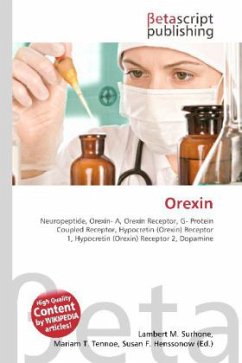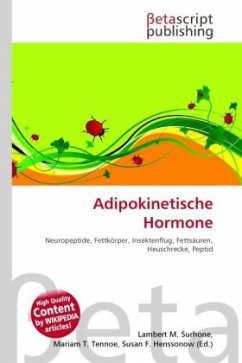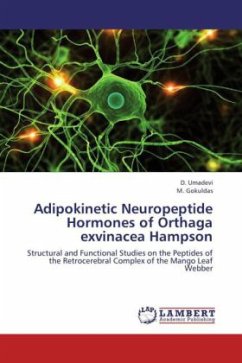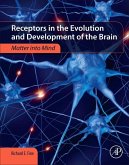Please note that the content of this book primarily consists of articles available from Wikipedia or other free sources online. Orexins, also called hypocretins, are the common names given to a pair of excitatory neuropeptide hormones that were simultaneously discovered by two groups of researchers in rat brains. The two related peptides (Orexin-A and B, or hypocretin-1 and -2), with approximately 50% sequence identity, are produced by cleavage of a single precursor protein. Orexin-A/hypocretin-1 is 33 amino acid residues long and has two intrachain disulfide bonds, while Orexin-B/hypocretin-2 is a linear 28 amino acid residue peptide. Studies suggest that orexin A/hypocretin-1 may be of greater biological importance than orexin B/hypocretin-2. Although these peptides are produced by a very small population of cells in the lateral and posterior hypothalamus, they send projections throughout the brain. The orexin peptides bind to the two G-protein coupled orexin receptors, OX1 andOX2, with Orexin-A binding to both OX1 and OX2 with approximately equal affinity while Orexin-B binds mainly to OX2 and is 5 times less potent at OX1.
Bitte wählen Sie Ihr Anliegen aus.
Rechnungen
Retourenschein anfordern
Bestellstatus
Storno








